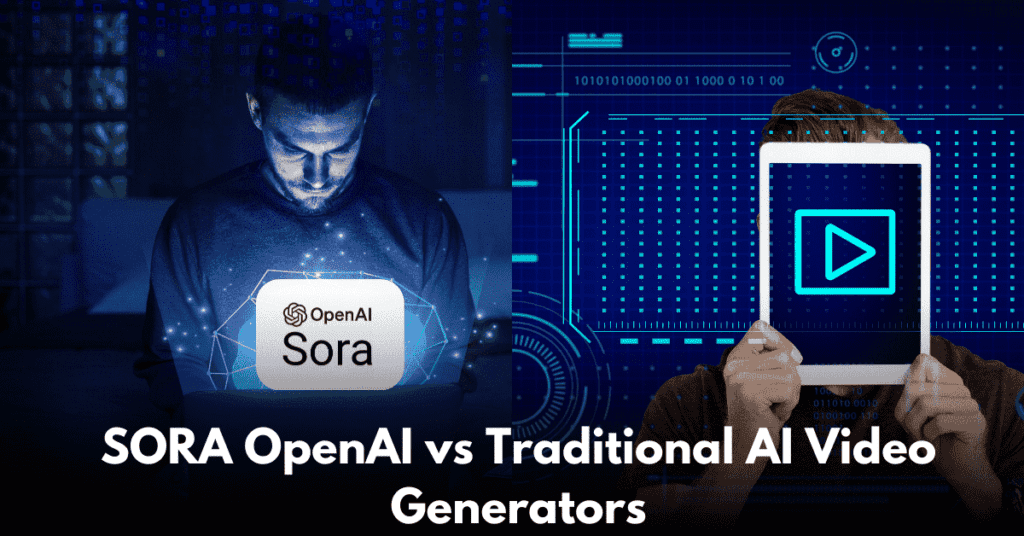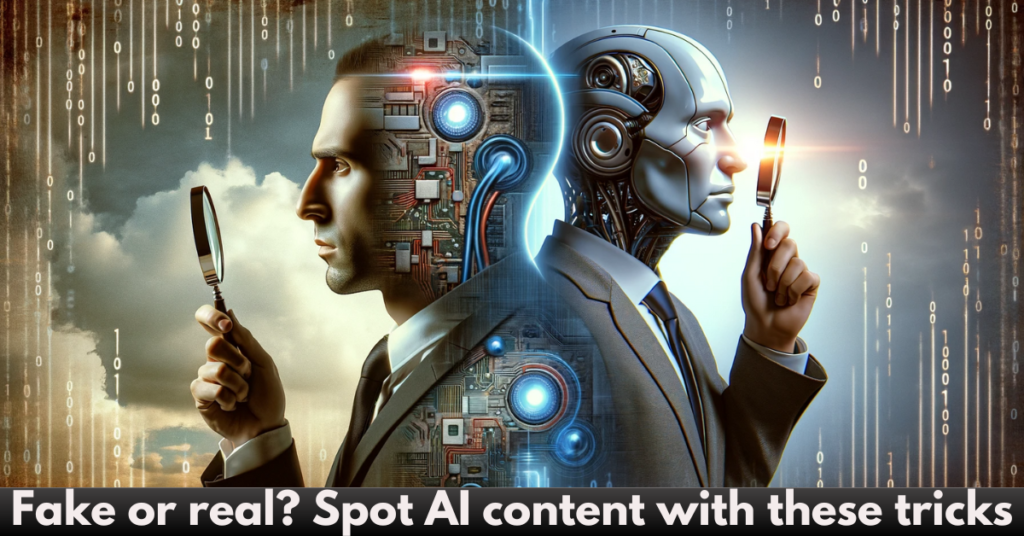In the ever-evolving landscape of artificial intelligence (AI) technology, the realm of video generation has witnessed significant advancements, with platforms like SORA from OpenAI leading the way. This article aims to provide a detailed comparison between SORA, an advanced AI video generator, and traditional AI video generators like Runway ML, Genmo AI, and Pixverse AI. By examining their features, capabilities, and performance, we aim to shed light on the strengths and weaknesses of each platform, offering insights into their suitability for various applications.
Summary:
SORA, developed by OpenAI, represents a cutting-edge advancement in AI video generation technology. It boasts the ability to create high-definition videos with intricate details and lifelike characters from simple text prompts. SORA stands out for its deep understanding of language, enabling it to interpret prompts accurately and generate characters with vibrant emotions. The comparison involves generating videos using identical prompts across different platforms and assessing the quality and realism of the results.
Highlights:
– 💡 Advanced Capabilities of SORA: SORA from OpenAI is hailed for its advanced capabilities in generating high-definition videos with intricate details. Its deep understanding of language allows it to accurately interpret prompts and create characters that express vibrant emotions.
– 💻 Complex Scene Generation: SORA excels in generating complex scenes with multiple characters, specific types of motion, and accurate background details. This capability sets it apart from traditional AI video generators.
– 🔄 Comparison with Traditional AI Video Generators: Platforms like Runway ML, Genmo AI, and Pixverse AI are also evaluated for their video generation capabilities. While these traditional generators offer satisfactory results, SORA’s performance surpasses them in many aspects.
– 📝 Runway ML’s Resemblance to SORA: Among the traditional AI video generators, Runway ML is noted for its satisfactory results and closest resemblance to SORA. However, SORA’s deep understanding of language gives it an edge in generating more nuanced and expressive videos.
– 🔍 Areas for Improvement: While SORA leads in many aspects, its current model may have weaknesses in accurately simulating complex scenes and understanding specific instances of cause and effect. However, ongoing advancements and updates are expected to address these limitations in the future.
– 🛠️ Future Prospects: SORA is anticipated to continue evolving and potentially surpass other AI video generators in terms of performance and capabilities. As the field of AI video generation progresses, improvements in traditional generators could also alter the competitive landscape.
FAQs:
1. Is SORA available for public use?
– SORA is developed by OpenAI and may be accessible to users through specific platforms or partnerships. However, access to SORA may be subject to certain restrictions or requirements.
2. How does SORA compare to traditional AI video generators?
– SORA offers advanced capabilities in generating high-definition videos with intricate details and lifelike characters. While traditional AI video generators like Runway ML, Genmo AI, and Pixverse AI also provide satisfactory results, SORA’s performance surpasses them in many aspects, particularly in understanding language prompts and creating expressive characters.
3. Can SORA be used for commercial purposes?
– The terms of use for SORA may vary depending on the licensing agreements and policies set forth by OpenAI or the platform through which it is accessed. Users should review the terms and conditions carefully before using SORA for commercial purposes.
4. What are some potential applications of SORA and traditional AI video generators?
– SORA and traditional AI video generators have various applications across industries, including filmmaking, advertising, education, and entertainment. They can be used to create promotional videos, training materials, educational content, and much more, enhancing creativity and efficiency in content creation processes.



